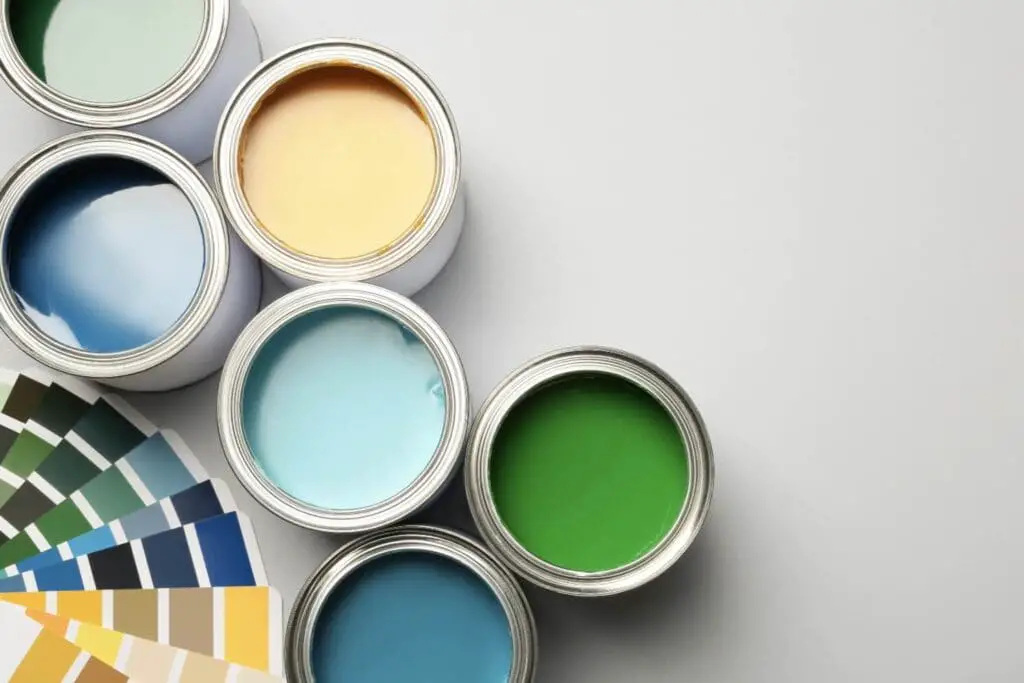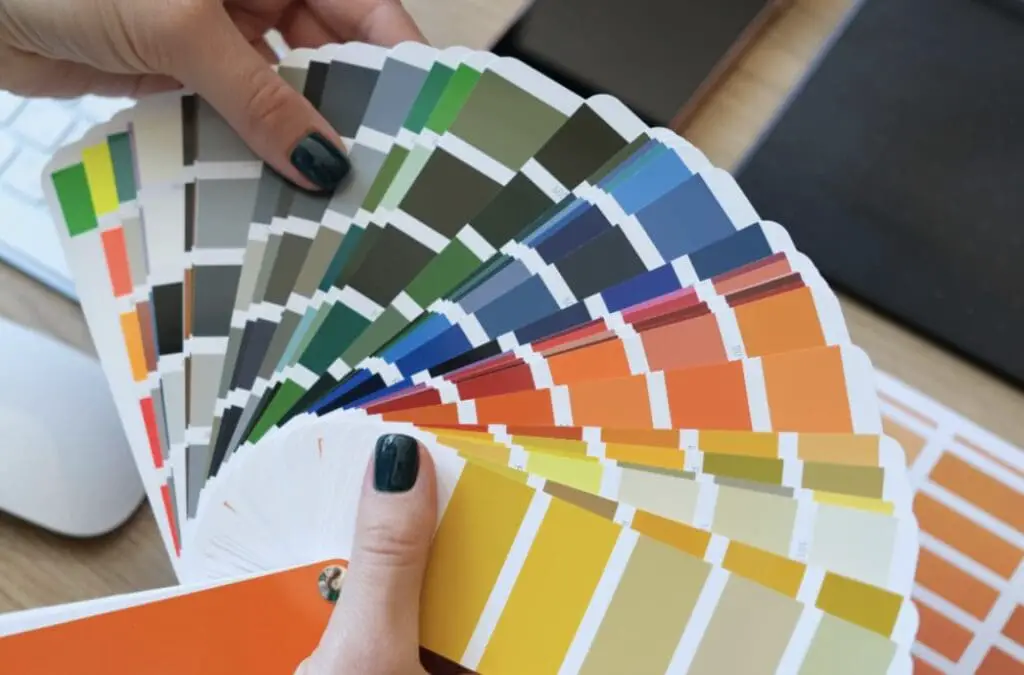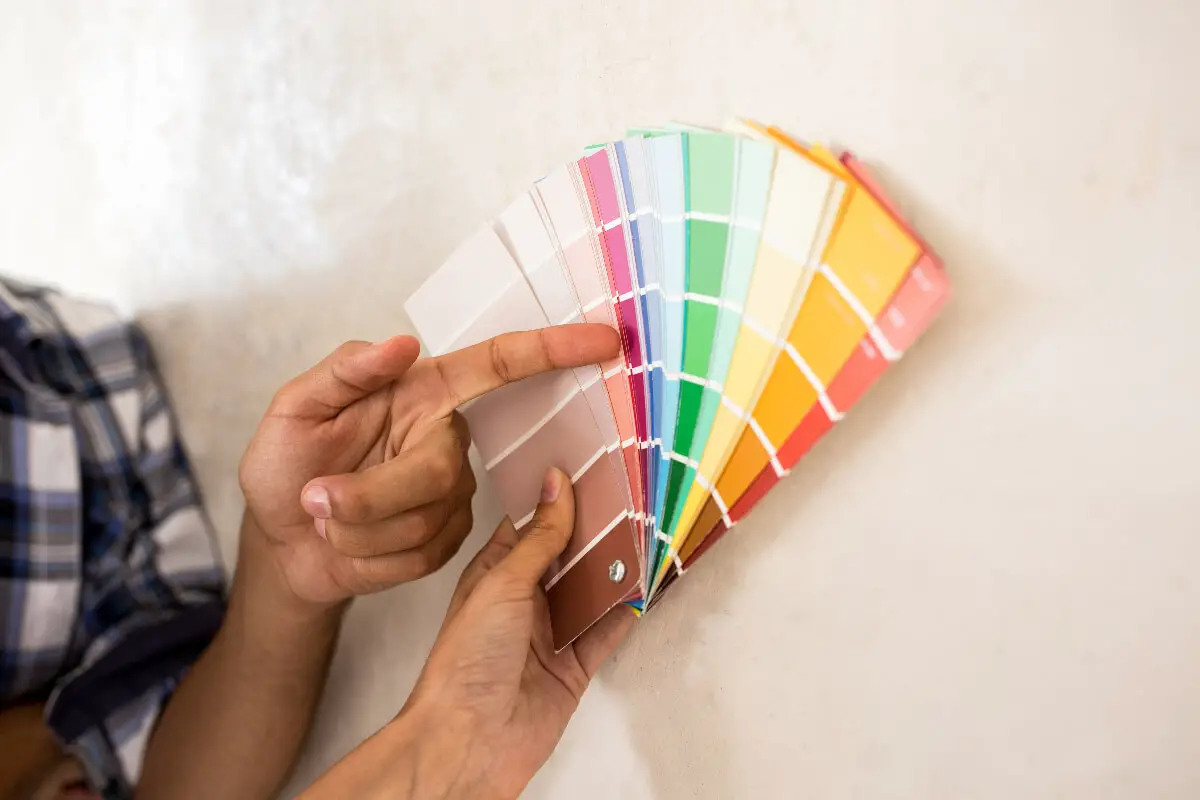Color, the vibrant language of the visual world, holds a powerful place in our lives. Its visibility pierces the veil of our everyday existence, igniting a symphony of emotions and thoughts in our minds. Amidst the spectrum of colors we are exposed to daily lies the beauty and complexity of color palettes, an essential tool in understanding visual aesthetics.
Our journey in this exploration delves into the theory of these palettes, tracing their capability to convey moods, messages, and meanings. From cultural idiosyncrasies in interpreting colors to their psychological implications, we shall uncover fascinating insights. Furthermore, we’ll traverse the arts realm, observing how color schemes augment or transform a piece’s aesthetic appeal and message, further cementing the importance of color selection in creative undertakings.
Table of Contents
- Understanding and Interpreting Color Palettes
- The Artistic and Aesthetic Application of Color Palettes
- Noteworthy Color Palettes From Noted Artwork
- Related Content
Understanding and Interpreting Color Palettes
Embracing the Rainbow: Understanding and Interpreting Color Palettes in Art
Every artist understands the surprising power of colors. Like the notes in a symphony or characters in a story, colors are the integral elements that bring the canvas alive.
The harmony or discord, the mood or tone, everything arises from this vibrant dance of colors. A well-chosen color palette in art can communicate more emotion in a single panel than a hundred pages of text. But the question arises: how does one comprehend and interpret these color palettes in art?
Unraveling this colorful mystery begins with the basics: the color wheel. This circular graph of colors fuses science and art, presenting a visual representation of how colors interact. The primary colors, red, blue, and yellow, form the essential dialogue.
The secondary colors, born from mixing primary colors, contribute to the evolving conversation. Teaming up with tertiary colors, they give birth to a comprehensive color wheel: our first step to understanding color palettes.
Analyzing color palettes transpires a more profound comprehension of color relationships. Are they analogous, living side-by-side on the color wheel? Or are they complementary, sitting directly opposite each other and producing a striking contrast when combined? This relationship analysis aids in discerning an artist’s intention, bringing out nuances that could otherwise go unnoticed.
Next comes the approach towards color psychology. It’s pretty fascinating how colors influence moods, feelings, and perceptions! Blue, for instance, often translates to peace, calm, and serenity, while red symbolizes passion and intensity. Gray might reflect neutrality, mystery, or elegance.
The chosen color palette could vary from a riot of colors to a minimalistic concept of monochromes, each provoking a unique emotional response, offering a peek into the artist’s soul.
Light and dark play an indispensable role in color interpretation. Tones, tints, and shades are more than mere artistic terms. They represent the depth and variation in a color palette, hinting at the complexity of the subject. The less intense the color, the more muted the emotional impact. This kind of intentional fluctuation in intensity elevates simple color palettes to storytelling tools.
Observe the placement of colors. Artists are akin to strategic chess players, directing each piece purposely. Color might seem insignificant, but its strategic placement can enhance a focal point, create balance, or introduce rhythm. This meticulous artistry transforms static photos into dynamic narratives.
Engage with the art; delve deep into it. This isn’t a Sherlockian escape room looking for hidden clues. Instead, let the waves of colors flow over you, leave an impact, and induce reflection.
It’s undeniable that understanding color palettes requires grasping fundamental concepts and fine attention to detail. But it truly blooms into spring when seasoned with personal experiences, interpretations, and emotions. Join us on this rainbow road, where we uncover the silent yet profound language of colors in art.
As we traverse salmon sunsets, emerald dreams, cobalt blues, and monochrome whispers, we realize every artwork is a palette of colors—each speaking their colorful story, waiting eagerly for us to listen and interpret.

The Artistic and Aesthetic Application of Color Palettes
Breathing Life into Art with Color Palettes: An Aesthetic Guide
Every brush stroke, choice of a hue, every careful blend of color is a deliberate decision made by an artist. Color palettes, or the deliberate selection of colors, are a fundamental part of an artist’s toolkit, wielding the power to transform a blank canvas into a breathtaking masterpiece.
While our prior discussion delved into the basics like the color wheel and its relations, light and dark interplays, and individual interpretations, we now invite you to journey with us into a deeper exploration of how artists can aesthetically use the expanses of color palettes in their work.
One fundamental rule of color application in art is using harmonious color schemes. It’s akin to carefully selecting the chords in a symphony or the seasoning in a gastronomic creation. Harmony creates a sense of unity and cohesiveness in a piece, making it pleasing to the eye.
Artists may explore analogous color schemes, where colors are placed adjacent to the wheel, offering a serene and comfortable feeling. Alternatively, they might opt for complementary schemes, where colors sit opposite, providing a striking, vibrant result.
However, color coordination is only half the battle. The magic occurs when artists weave these colors into their creations, a process known as color storytelling. Every hue and every shade whispers a tale, turning the canvas into a visual narrative. Warm colors can narrate joy, power, or passion, while cool hues weave stories of calm, solitude, or mystery.
Diving deeper, artists also employ varied saturations of color to amplify or play down emotions. High saturations shout out loud, rousing energy and vibrancy, while lower saturations murmur, generating an air of subtlety and mystique.
No conversation about color palettes would be complete without considering the role of negative space. Negative space is not simply the absence of color but an indispensable device in bringing a composition’s elements to life with dramatic contrast. When balanced with the work’s main features, it brings focus, guiding the viewer’s eye and creating an overall sense of harmony.
Remember, each masterful stroke on canvas takes the viewer on a journey, allowing them space to feel, interpret, and resonate with the artwork. Creating color palettes is more than just picking colors that look good together; it’s about choosing hues that sing synchronously while narrating the story you wish to tell.
Whether pulsating energy or whispered subtlety, the aesthetics of color application in art always attract, allure, and enchant, transforming simple strokes into sensory symphonies.
So, artists dare to experiment, innovate, and explore the infinite canvas of hues. Your color palettes are your voice. Let them speak volumes, whisper, or sing exuberantly. After all, in the art world, there’s nothing ‘negative’ about space; color is more than just a ‘palette’ choice. Unleash your creativity. The world is ready to be captured by your rainbow-hued odyssey.

Noteworthy Color Palettes From Noted Artwork
Stepping into the realm of iconic color palettes used in famed works of art reveals a universe of choice, intention, and communication. These choices are often a result of careful planning and countless revisions, with artists aiming to evoke specific feelings, emotions, or reactions.
There is an artful science to these color combinations, which can be seen in how they subtly detract or contribute to an artwork’s emotional undercurrents.
The “Sunflowers” by Vincent Van Gogh offers a powerful example of an unforgettable color palette. Even though the number of colors used here is limited, Van Gogh’s choice of warm yellows and subtle browns resonates with warmth and happiness.
The brightness of the sunflowers contrasted against the deep navy backdrop, causing the flowers to literally ‘pop.’ The overall mood exudes a comforting, rustic sensation that delights and captivates the audience.
Another fitting example of an iconic color palette would be Andy Warhol’s “Marilyn Diptych.” This pop art masterpiece proudly showcases bold, stark, and electrifying contrasts of neon pink, electric blue, and canary yellow against a monochrome image of the legendary Marilyn Monroe.
Warhol’s use of these vibrant colors adds a dimension of vivacity, emulating Monroe’s lively and magnetic personality. The color scheme, seemingly random, forms an integral part of Warhol’s voice and commentary on modern, industrialized society.
Edvard Munch’s “The Scream” takes a different approach to color. The intensity of the swirling blues and fiery reds against the pallid, haunted figure in the foreground evokes a sense of distress, anxiety, and looming dread.
The colors make visible the hidden anguish of the cloaked figure, creating an emotionally charged visual experience for the viewer. The color palette magnifies the unfathomable despair and unease, allowing the audience to grasp the artist’s intended mood.
In Picasso’s “Guernica,” a monochromatic color scheme magnifies the calamity of the chaotic scene. The lack of color serves an essential narrative role in this painting, giving it an almost haunting, ghostly ambiance. The stark black-and-white tones heighten the sense of tragedy and despair.
Wrapping up this whirlwind tour of iconic color palettes in art, Claude Monet’s “Water Lilies” presents an organic color palette. The soft pinks, purples, blues, and greens meld seamlessly to create the beautiful, dreamy atmosphere of the garden. The colors Monet chose for this famous series accentuate the ethereal quality of the landscape and depict his garden as an Eden-like sanctuary.
In the end, iconic art color palettes are not intended for aesthetic appeal alone. The colors echo the artist’s voice, mood, and message. They are a silent yet powerful mode of communication, an essential thread in the fabric of the artwork.
So, next time you explore an artwork, pay close attention to the color palette. It might just reveal hidden facets of the artwork’s true essence, reminding us that every detail, big or small, plays an integral part in the grandeur of the masterpiece.

Through this immersive exploration, we have experienced how color palettes leave lasting imprints on artistic interpretation and visual aesthetics. We’ve seen, by example, how skilled artists can harness the power of color, creating visual symphonies that push the boundaries of our emotional spectrum.
These associations, while subjective, share a common bond in their capability to evoke human emotion and thought. Unearthing meaning in diverse color schemes and understanding the aesthetic choices of acclaimed artists is a testament to the profound influence of color.
As we continue to engage with the visual world around us, may we carry this newfound appreciation for the silent yet resonating language of color palettes?
If you want to manufacture home decor products in Asia, we would love to discuss how Mondoro can help you. We can produce for you a variety of home decor products.
Find out more about how Mondoro can help you create, develop, and manufacture excellent home decor and furniture products – don’t hesitate to contact me, Anita. Check out my email by clicking here or become a part of our community and join our newsletter by clicking here.
Mondoro gives out a FREE Lookbook to anyone interested. You can receive a copy of our latest Lookbook by clicking here.
Listen to our Podcast called Global Trade Gal. You can find it on all major podcast platforms. Try out listening to one of our podcasts by clicking here.
Subscribe to our Mondoro Company Limited YouTube Channel with great videos and information by clicking here.
Related Content
What Is Alabaster? Alabaster For Home Decor Product Development
Production is about manufacturing goods from raw materials to finished products. Productivity is considered part of the production process. Productivity is about how efficient a country or company is. Productivity is an economic principle; a formula is used to calculate productivity.
You can discover more by reading What Is Alabaster? Alabaster For Home Decor Product Development by clicking here.
Natural Agate Stone Beads For Home Decor Products
Agate is a natural rock formation used as a decorative element for centuries. It can be found in many parts of the world, and there are many different kinds and colors of agate stone. In the Asia practice of Feng Shui, it can help us strike a balance in life and for good luck.
By clicking here, you can discover more by reading Natural Agate Stone Beads For Home Decor Products.
What Is The Difference Between Rattan, Wicker, And Cane Furniture?
Rattan is a type of palm or vine that grows in the jungles of Southeast Asia. Rattan refers to a kind of natural material. Wicker is a type of weave using rattan materials. Cane also refers to a type of weave that is usually woven using rattan material.
You can learn more by reading our blog What Is The Difference Between Rattan, Wicker, And Cane Furniture? by clicking here.

